In the ever-evolving world of global trade, tariffs have emerged as a significant disruptor for the US retail industry. President Donald Trump’s recent imposition of tariffs on a range of imported goods has sent shockwaves through the retail sector, particularly affecting major textile exporters like Bangladesh, Vietnam, and Pakistan. The United States Fashion Industry Association (USFIA), which represents importers, wholesalers, and major retailers from Urban Outfitters to Walmart, has voiced its concerns, highlighting that the fashion industry is highly dependent on global supply chains. Fast fashion, a major segment of the American clothing market, is particularly vulnerable.
The De Minimis Exemption: A Game Changer
A key development in this tariff saga is the cancellation of the “de minimis exemption,” which allowed packages worth less than $800 to enter the US tax-free. This exemption will be revoked for shipments from China starting May 2. The Trump administration has also implemented a 120% tariff on these goods, or a “per postal item” cost of $100 starting May 2, rising to $200 on June 1. This move is expected to significantly impact Chinese e-commerce giants like Shein, Temu, and Aliexpress, which have built their business models around these low-cost shipments.
The Impact on Fast Fashion
Fast fashion has revolutionized the retail industry by offering the latest trends at low prices. However, this business model, which relies heavily on cheap imports, is now under threat. The removal of the de minimis exemption and the imposition of tariffs could lead to higher prices for consumers, potentially reducing demand. According to a congressional report, over 1 billion packages entered the US in 2023 under this exemption, with the vast majority coming from China. The cancellation of this exemption could disrupt this flow, forcing retailers to find alternative supply chains or absorb higher costs.
The Rise of Slow Fashion
In contrast to fast fashion, slow fashion, which promotes sustainable and ethical consumption, could see a boost. ThredUp, an online consignment and thrift store, has been lobbying Congress to eliminate the de minimis exemption for years. The company believes that making fast fashion more expensive will incentivize consumers to choose secondhand options. ThredUp reported $322 million in annual revenue and 1.8 million active buyers in 2023, highlighting the growing popularity of secondhand shopping. A recent survey conducted by ThredUp and GlobalData found that nearly 60% of consumers would explore alternatives like the secondhand market if tariffs made clothes more expensive.
The Broader Economic Implications
The impact of tariffs extends beyond the retail sector. Higher import costs could lead to increased prices for consumers, contributing to inflationary pressures. The Tax Foundation estimates that the combined effect of the tariffs could shrink the US GDP by 0.4% and increase taxes on consumers by $830 in 2025. Retailers are also exploring strategies to mitigate the impact of tariffs, such as accelerating shipments to stockpile inventory before tariffs take effect and seeking alternative suppliers outside the affected countries.
he Future of Retail
The future of the retail industry remains uncertain as the full impact of tariffs unfolds. While some retailers may be able to absorb the additional costs, others may pass them on to consumers, leading to higher prices and potentially reduced demand. The National Retail Federation (NRF) projects that the retail industry will grow between 2.7% and 3.7% in 2025, but this forecast is contingent on the current economic conditions and trade policies. The NRF also expects the inflation rate to remain at current levels of 2.5%, suggesting that tariffs may not lead to hyperinflation.
The imposition of tariffs by the Trump administration has introduced significant challenges for the US retail industry. While the immediate impact on prices and supply chains is clear, the long-term effects remain uncertain. Retailers must navigate these complexities carefully, balancing cost management with the need to maintain customer satisfaction. As the trade war continues, the retail landscape will continue to evolve, with potential shifts towards more sustainable and ethical consumption patterns. The path forward will require strategic adjustments and a careful balancing of economic and environmental considerations.
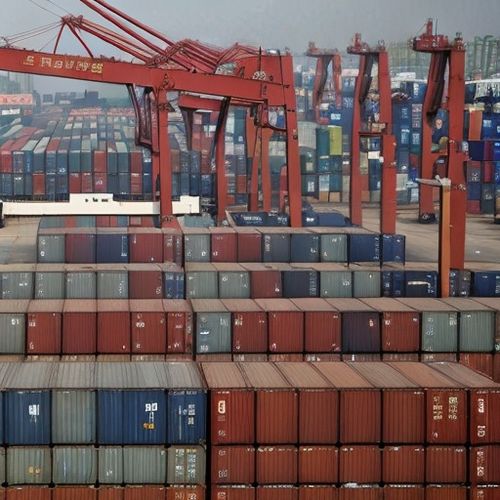
By Samuel Cooper/Apr 14, 2025

By Michael Brown/Apr 14, 2025

By Emma Thompson/Apr 14, 2025

By David Anderson/Apr 14, 2025
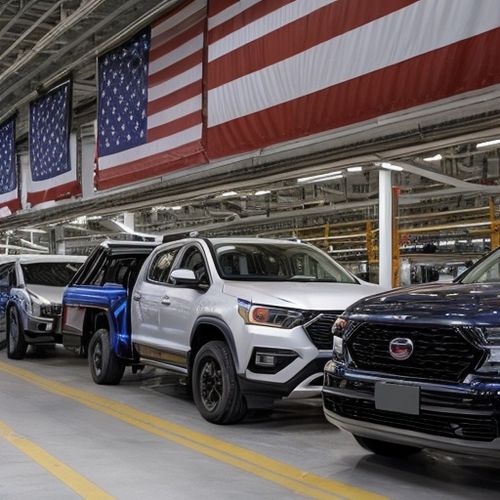
By Megan Clark/Apr 14, 2025
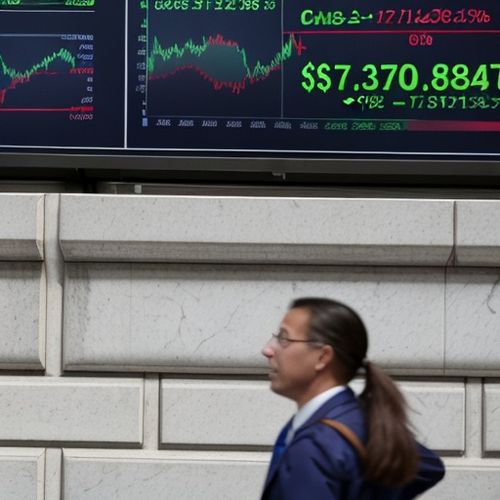
By Emma Thompson/Apr 14, 2025

By Thomas Roberts/Apr 14, 2025

By Rebecca Stewart/Apr 14, 2025

By Natalie Campbell/Apr 14, 2025

By Laura Wilson/Apr 14, 2025

By Ryan Martin/Apr 14, 2025
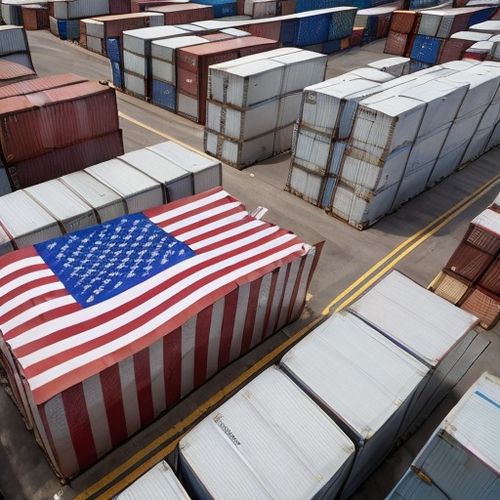
By Elizabeth Taylor/Apr 14, 2025
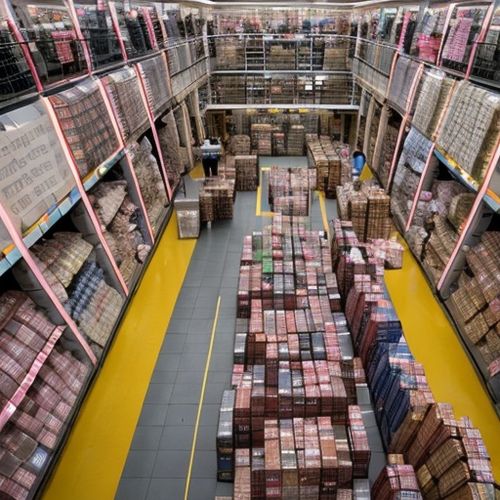
By Laura Wilson/Apr 14, 2025

By Sophia Lewis/Apr 14, 2025
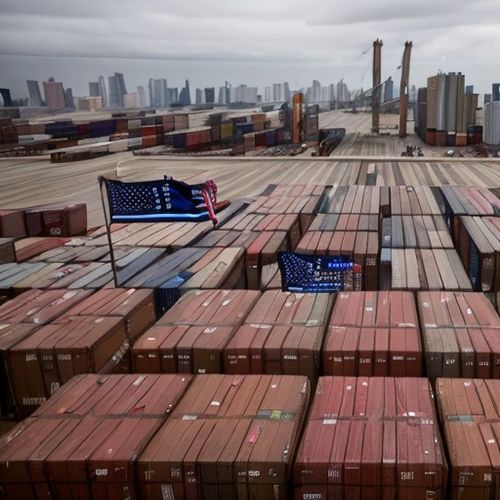
By Laura Wilson/Apr 14, 2025
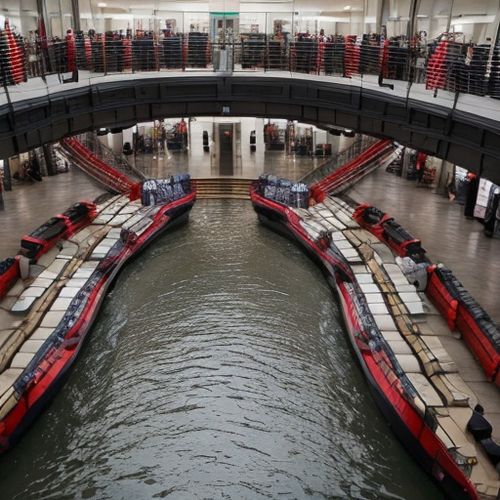
By Elizabeth Taylor/Apr 14, 2025

By Amanda Phillips/Apr 14, 2025
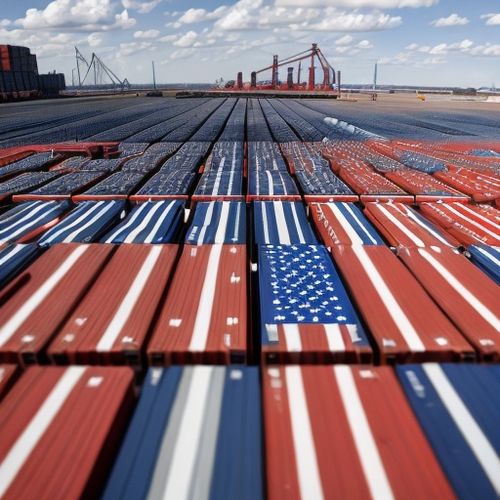
By Sarah Davis/Apr 14, 2025
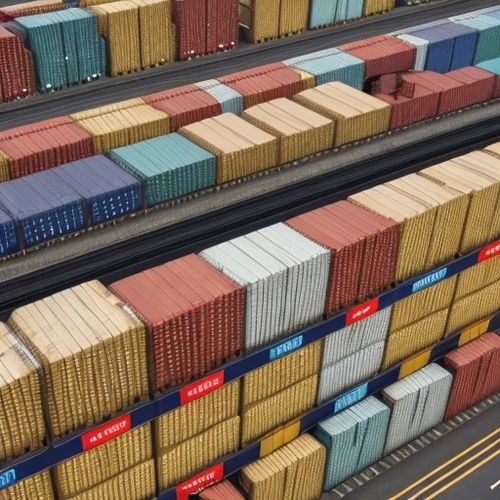
By Samuel Cooper/Apr 14, 2025